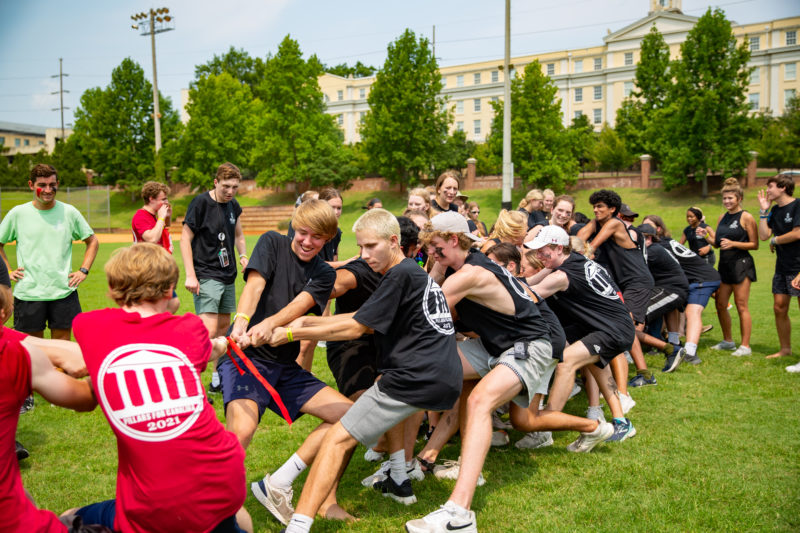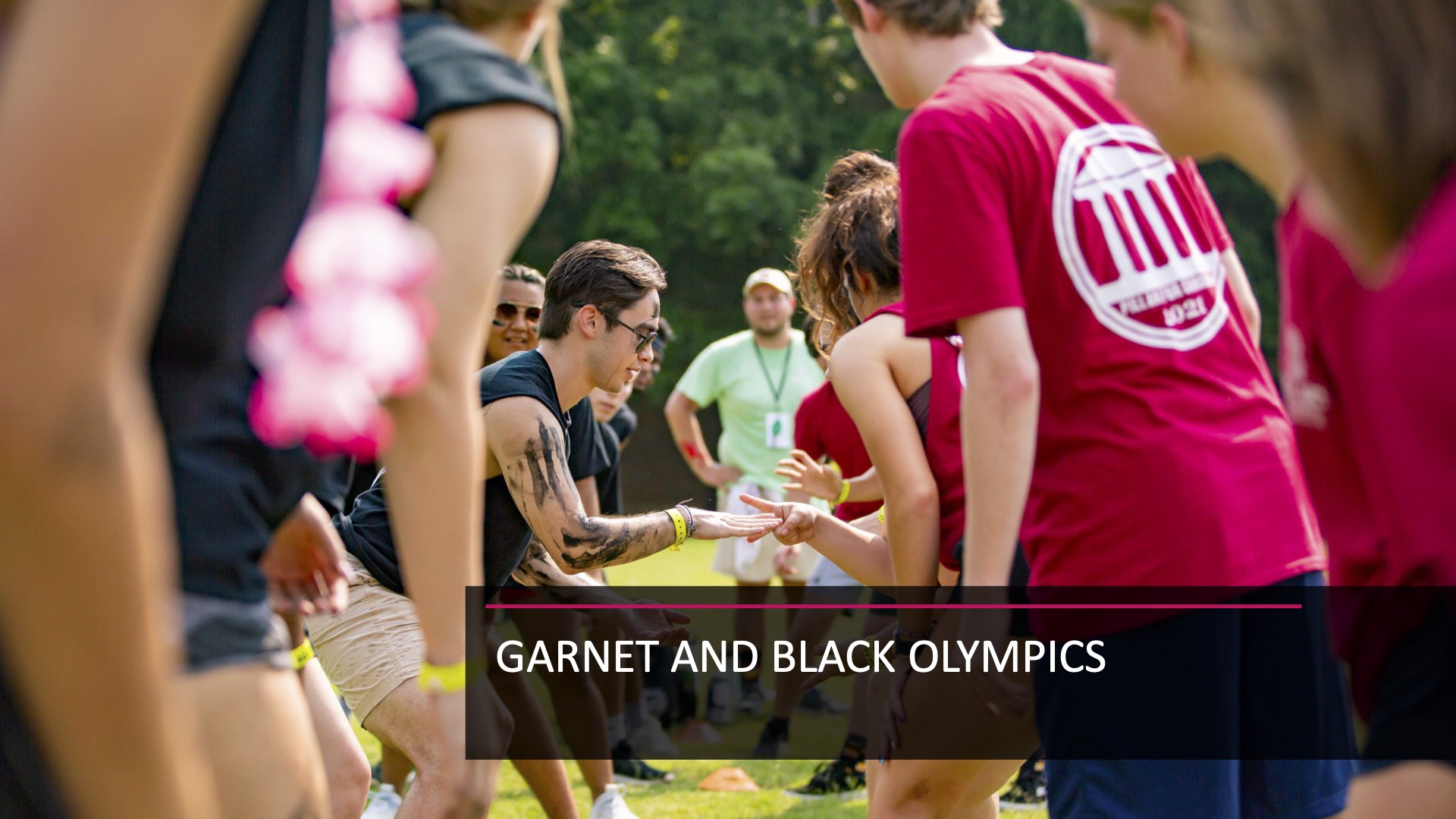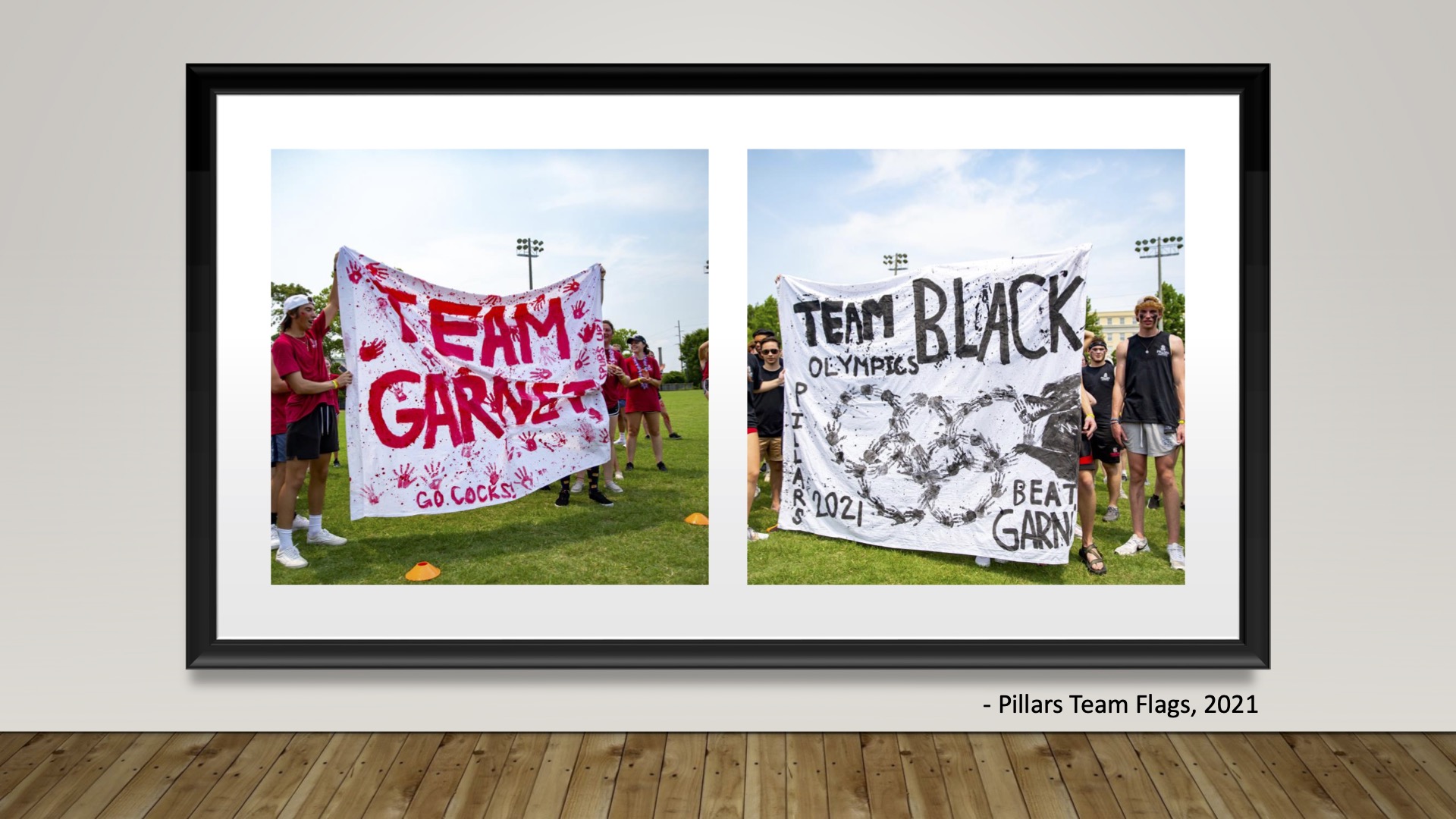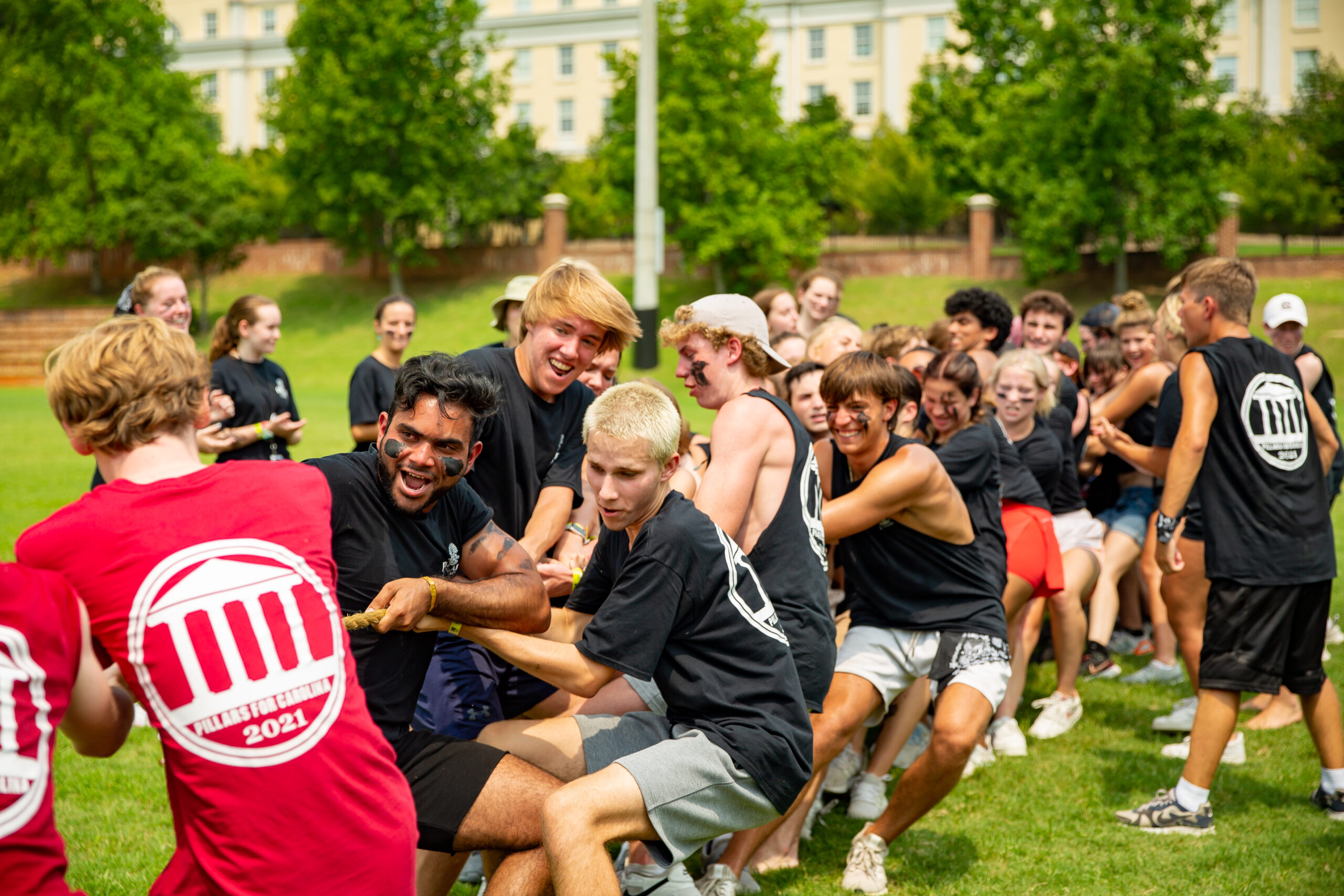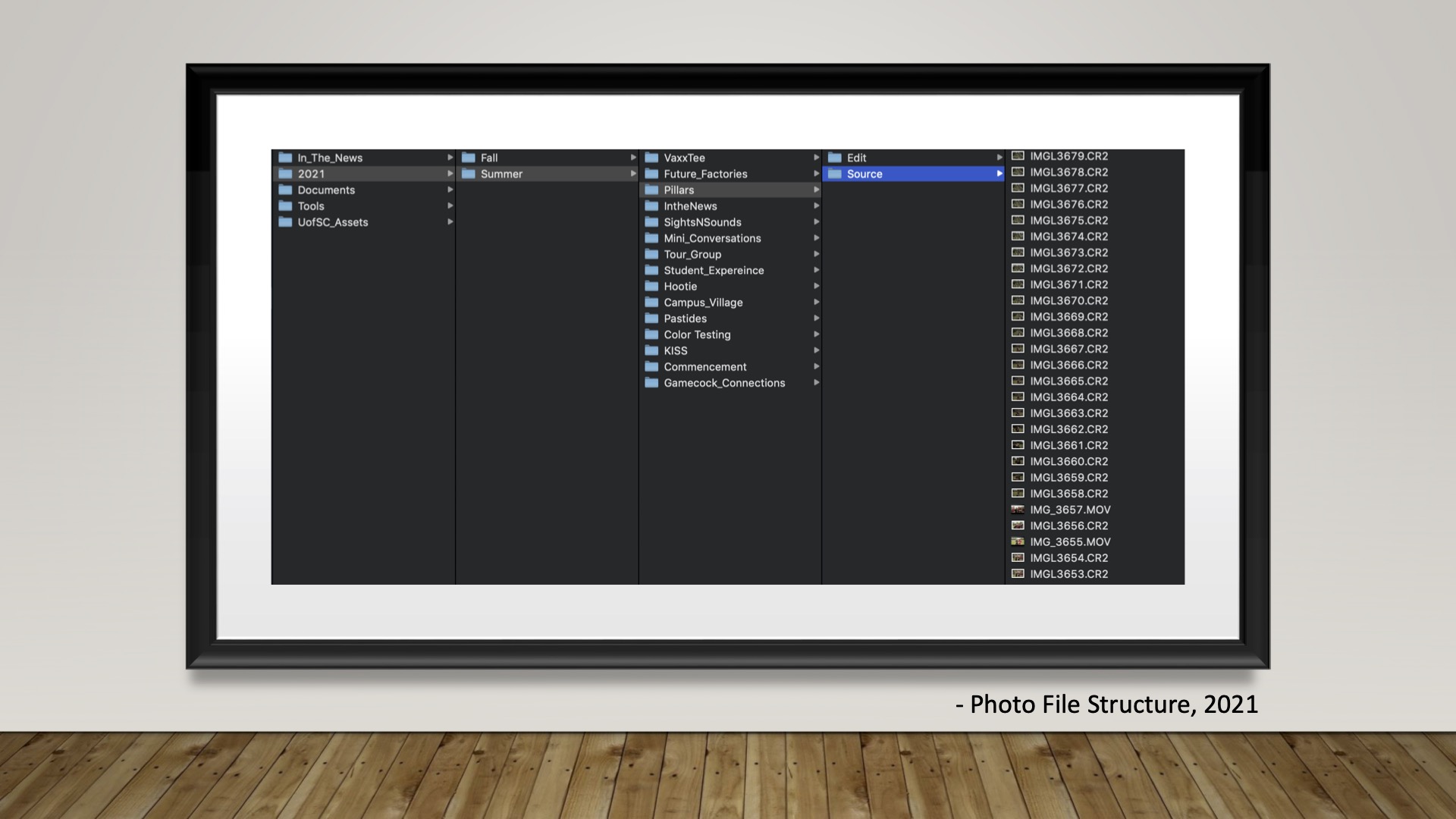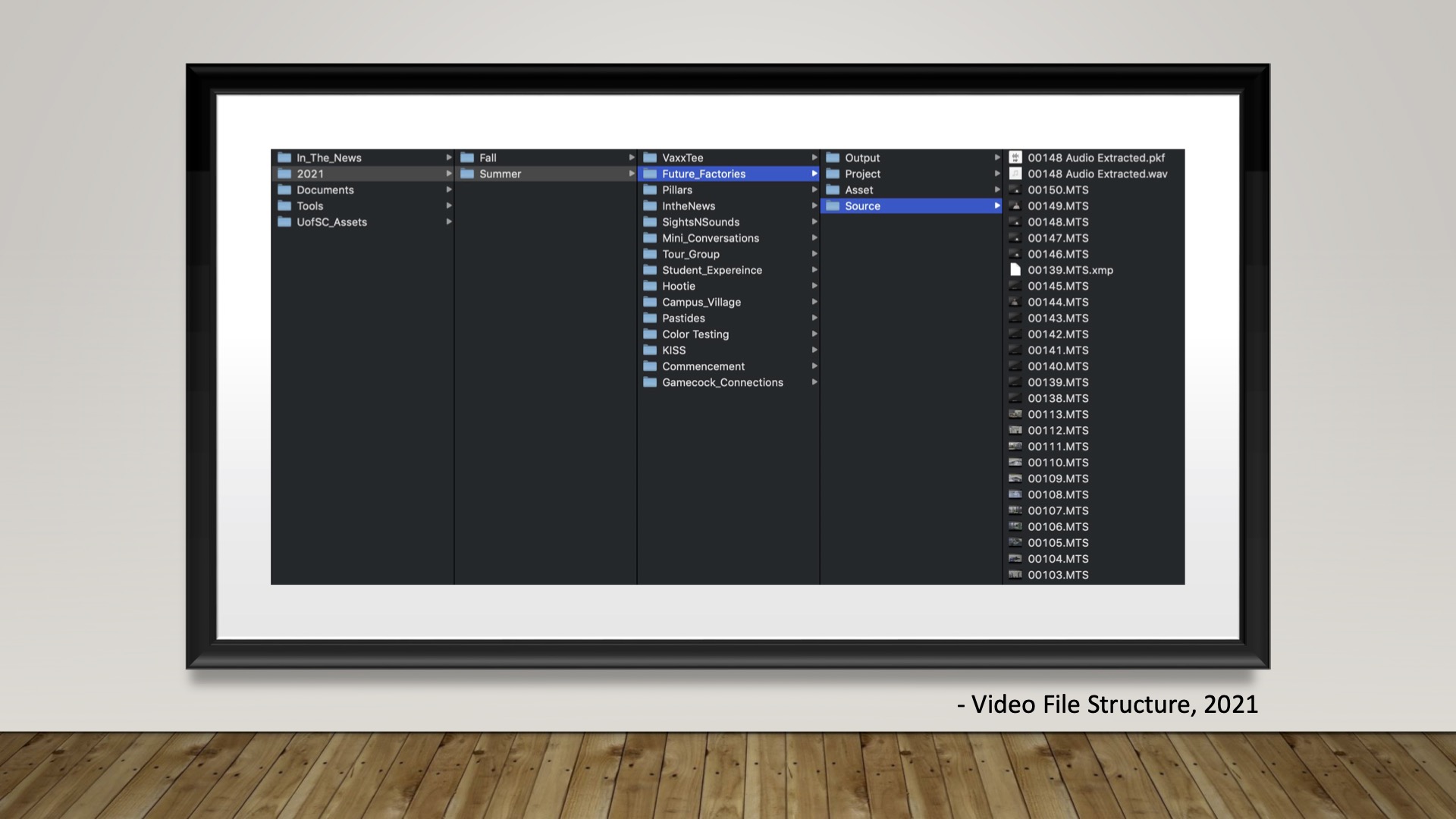When you were making your aspirational list for colleges or universities to attend, what made you think: ‘I want to build my future here.’ Was it the academic programs that intrigued you or the distance from your parents that lead you to your final destination?
Before you physically visited, if you were so lucky, how did you research the schools you were interested in? Nowadays digital platforms are aplenty, so secondary school marketing teams have to vie for the dwindling attention spans of young adults and their parents during the crucial college decision-making years in a number of creative ways.
Video content, virtual tours, and social media are amongst the effective few, so as a creative working for these universities: how do you keep content fresh and innovative, organized and easily accessible, and shareable at scale?
During the Innovation Summit, we spoke to the University of South Carolina’s talented videographer, Jesuel Rivera about the unconventional ways he and his colleagues are creating content using archival media to celebrate their university community and national events. He also shared solid tips for building a scalable, user-friendly dynamic asset management system using smart keywords, file structures, and more best practices you’ve got to try.
Watch the full session from this visual storytelling powerhouse above or read the SparkNotes version first for instant visual workflow inspiration.
Collect
- Use archival assets to your advantage and repurpose history.
When Jesuel joined the University of South Carolina’s Communications and Public Affairs team just before the winter holidays in 2019, he relied on archival media to complete his initial assignments.
He began by sharing one of his first and most favorite projects—a moving media piece that featured photography from a newly published book by Richard Samuel Roberts, a famous South Carolinian African-American photographer who worked documenting citizens of the capital city in the 1920s and 30s.
Jesuel also highlighted the project’s cultural importance beyond the publishing news, “His images captured the African American middle class in the segregated capital of South Carolina which is a visual story we rarely see from the 1920s, right? This is a great example of repurposing older media to give it new life or maybe share a different story than what was originally intended. This is where I think I grew an appreciation for this kind of creative production.”
The average person might look at an archive of historical assets and think it would be nearly impossible to make moments in the past relevant again, but Jesuel continued to show his creative resourcefulness by sharing a second video he made honoring the 75th anniversary of The Batlle of Iwo Jima.
The video uses original film footage digitally archived by the government that the university is allowed to use as part of a partnership, he explained:
“Not being new to repurposing archived media, I was tasked with creating a piece that honored the 75th anniversary of the Battle of Iwo Jima. The United States Marine Corps had hundreds of archived reels from the Battle of Iwo Jima and while this battle was captured on film to well surpass the soldiers who can tell the story of that battle, the reels still have a lifespan of their own. They’re going to eventually erode, right? So they sent the reels to the university’s moving image research collection to professionally digitize this footage and this offers these stories almost infinite and continued life. This theme of telling new stories with older media — I noticed it carried on over the next year or so. We found ourselves repurposing a lot of different footage from archived civil rights footage to footage and information provided by NASA of their Mars Perseverance Rover, so those were interesting projects to carry that theme with.”
More recently, at the start of the pandemic Jesuel and his university colleagues came together to send a message of hope and unity to community members, and now that media is an archive of the Covid times.
He shared, “As most of you know and can relate, our typical approach and process hit a lot of new obstacles. We had to be a lot more creative and we had to adapt to new ways of capturing and delivering media and one of the projects that’s a great example of how we adapted was when we shared a message of encouragement with our university community.”
Faculty, staff, and students came together to create a living legacy of media that future generations of Gamecock students can look at to remember how their university responded and supported the community during such incredibly challenging times.
We’ve been missing you, Gamecocks. Welcome home and happy FDOC. ⬇️
Originally tweeted by University of South Carolina (@UofSC) on August 20, 2020.
He explained, “Faculty and staff submitted their encouraging words which they recorded on their phones or laptops, so there were varying degrees of production value. I gathered these messages and put together an inspirational video for our community and it was kind of during this time that I found my home in PhotoShelter. We had a handful of team members who were receiving submissions from different parts of our university; so gathering all that media and producing it and sharing it with team members for review, and eventually sending it off for publication—that all lived within PhotoShelter.”
Just like Andrew mentioned earlier today—this is where I found that silver lining in our new working situation. Sometimes it can be difficult to jump into a team that’s already a well-oiled machine, but during this moment of pause and redirection it kind of put us all on a new road together.
Jesuel Rivera, Videographer at University of South Carolina
- Live in the moment, but capture content with multi-purpose potential.
Jesuel joined the university at the end of the fall semester before lockdown, so the fall 2021 semester was really his first chance at experiencing campus life like a freshman all over again, giving him a fresh-eye advantage as a visual storyteller.
“As many of you might be able to relate to, that first semester you had a ton of new experiences. For some students who are in a new place with new people—those first few weeks are essential to their development and success and here at the University of South Carolina we wholeheartedly believe in that,” he shared.
”According to U.S. News and World Report, we have the nation’s top first-year student experience among public universities,” so as a visual storyteller, it’s Jesuel’s job to translate that first week of experiences into a variety of engaging visual mediums (and organize them!) Other team members can then create digital, print and OOH ad assets to attract new students and current students, alumni, and faculty can share snapshots of their golden years proudly for years to come.
In preparation for the first week of on-campus living, University of South Carolina provides students with a leadership and service-based extended orientation program called Pillars which Jesuel describes as, “An all-inclusive, overnight, week-long of activities to help new students build a sense of belonging and confidence and give them a jumpstart to the Gamecock experience. For me, it turned out to be the perfect event to cover during Welcome Week because I was going through these first experiences along with them, so it was very special for me to be able to capture it.”
Jesuel and his team covered over 30 events for Welcome Week, which included community service, field days, social networking, spirit rallies, sports, and more. By the time we spoke to him in September 2021, the university had already hosted over 1,300 events, “so you can say we take our first-year experience pretty seriously.”
Covering 1,300+ events with a lean team could get overwhelming quickly, so how does this higher ed visual team choose which events to cover? Jesuel said, “When I’m capturing around campus, I try to look for opportunities that I can capture for a diverse set of purposes and so here’s a great opportunity to not only capture for the Pillars Program, but to capture our youth reading program…one of the first things they did was read to elementary school kids through a program we call Cocky’s Reading Express. It’s a program that encourages healthy reading habits at a young age for our local students.”
The culminating event of the week provides the most spirited photographs. Jesuel walked us through the assignment which he understood well, “If you’ve ever been to summer camp it’s like color wars. We call it the ‘Garnet and Black Olympics’ and they [students] really get into it—like face painting and team chants and the works. It’s just shy of like the Squid Games if you’ve seen it on Netflix (without all the bad stuff.)”
“Then they prepare for a super intense game of tug of war and this is the shot that my webmaster was asking for. We have an incredible photo of Pillars participating in tug of war from a few years ago, but it’s needed an update so she was very happy to find a folder full of updated content for that,” he said.
All in all, Jesuel captured and delivered around 1,600 edited images for university-wide marketing use. I’m no mathmetician, but roughly 230 photos per day sounds productive!
Organize
- Determine a practical file structure and use intuitive keywords to make media easily discoverable.
Creative liberties shouldn’t be taken when adding metadata or organizing files. There should be a uniform structure for labeling files and folders in a DAM so assets are easily discoverable by everyone. Jesuel said, “My next step is file structure. I like my file path to be as practical as possible,” but when he got to the University of South Carolina he discovered that although they used PhotoShelter, their asset management and communication practices weren’t easy to navigate. He then worked on developing up a system for how assets would be collected, labeled, organized, and archived for later use.
He explained, “For photo sets, I typically do: year, semester, whatever the project name is, then a source folder, and once I edit and export I create another folder for the output. For video, it’s roughly the same: year, semester, project, then I have a source folder for all my raw footage, I have an assets folder for any graphics or music, my project folder is specifically for my project file, and then anything I export out of there will be in the output folder. I eventually broaden down to 200 images for editing and exporting and I upload them to PhotoShelter and then we usually make all of those images available for our branding teams across the university.”
Share
- Circulate your work and inspire a vibe.
“So, where does all of this live afterward?” Good question, Jesuel, that’s what we were wondering! He hands it to his colleague, Laurie and her web team to use it on their new website (kudos!) He also shares content with the social team for posting and graphic designers who work on print messaging, and he sometimes workshops image edits with his boss to find the perfect, decisive shot.
What usually starts and ends a project for Jesuel is this question: “What’s the vibe?” When he gets an assignment or receives a request to backfill content, it’s usually the first question he asks.
Connecting the dots back to the tip he gave about creating multi-purpose content, he says, “The key is to extend the media’s life and potentially inspire a vibe that will complement another message in the future. In addition to sending it out in the marketing folder, I also like to provide that finished media to whatever programs were involved, and typically they use that for publishing within their own social media channels.”
At the end of the session up, he wrapped with an inspiring and humbling statement that all visual storytellers can relate to, “When it comes down to it we’re really trying to do our best in capturing special moments and those moments obviously have a purpose in the world of marketing whether it’s on a website or printed in a magazine or displayed on an endzone scoreboard, but finding those moments that might serve different perspectives or purpose or even a different message that’s a habit that I want to continue to grow in and it’s a habit that I’ll always encourage my media capturing peer to grow in as well. Even if that additional purpose is giving someone a special moment that they can hold on to forever, that’s priceless and that’s kind of why I do what I do.”
Watch Jesuel’s full session to learn more about how the University of South Carolina’s Communications team is getting inventive and give follow them on social to see what they’re working on next.
Collect, organize and share — that’s how most people use our platform to manage their media assets, so it’s no surprise that those steps are a part of Jesuel’s workflow too. His workflow is a bit more involved though—add creative brainstorming, interdepartmental collaboration, strategic alignment, and actual media production and editing to the mix and you’re talking about the potential risk of assets getting lost or sharing with the wrong stakeholder or needing a lot more time for feedback.
With a DAM like ours, you don’t have to worry about security or wasting time. We built features into our product that help you save time when producing creative work. Workspaces give your organization the ability to share assets discretely with internal and external stakeholders, plus it has an internal approval system, too.
Watch the rest of the Innovation Summit sessions on-demand to learn more about how other brands like the Tampa Bay Buccaneers, Chick-Fil-A, the Boston Red Sox, Stitcher, and Free Wheelchair Mission are optimizing and innovating their visual storytelling workflows in 2021 and beyond.

